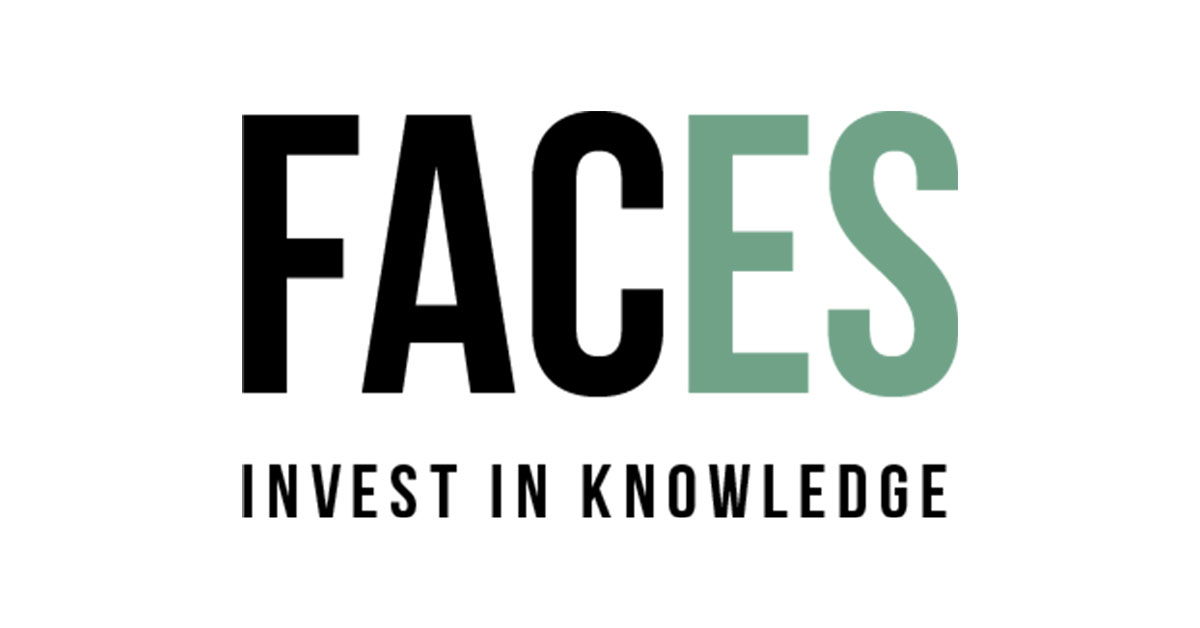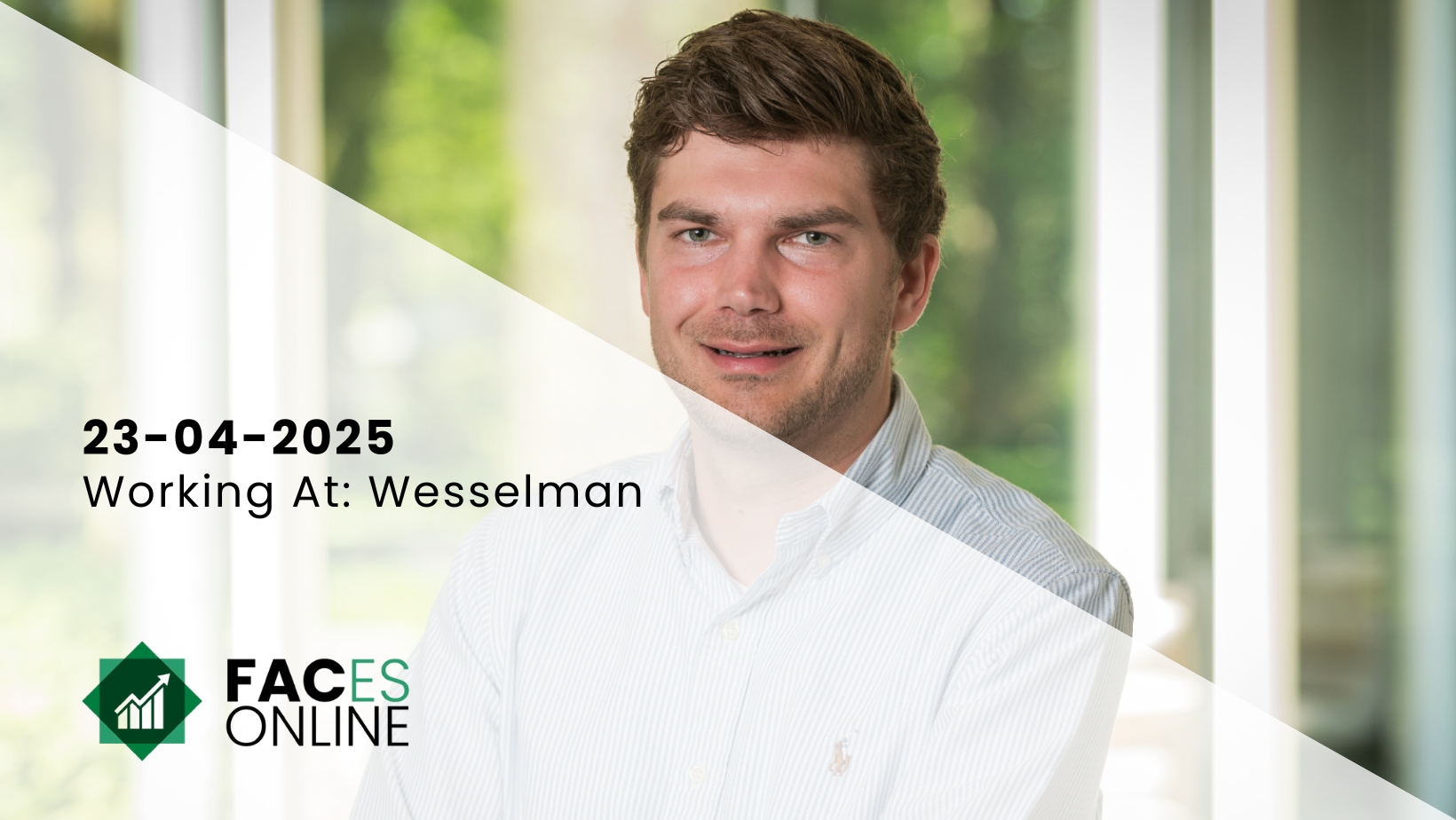Long time trader Martijn Rozemuller discusses the evolving nature of exchange traded funds and their growing popularity. Martijn gives insight into the issues that have made breaking into the fierce and competitive market of actively managed funds more difficult than one would expect. With experience in building his own company, Think ETF is on its way up as investors begin to appreciate the benefits associated with low risk tracking products.
For hundreds of years the stock market has appealed to society’s imagination, particularly here in Amsterdam where the first stock exchange in the world once took place. In the last decade, financial institutions have used marketing mechanisms to induce society to join the world of trading, comprising easy money and glamor.
The investment community promises society attractive returns and experts with hands-on experience hold the power to attain these appealing returns- however it is not as easy as it seems. Of course, investing is a very complex process and therefore it is not wise to let every day citizens make these important decisions on their own. Here, experts take over the work and get paid handsomely in the process. As long as returns are positive, everyone benefits and therefore investors neglect the large fees associated with active investment funds. This all changed when returns in the last decade suddenly contracted.
During my employment as an options trader at the Dutch trading company Optiver, I slowly realized the great difference between trading, speculation and investing. I too have made rookie mistakes before. This was when I started investing privately, but luckily I have learned from my mistakes and have adapted my behavior based on these learning experiences. I discovered that investing involves a lot more than most people would suggest. The process of searching for superior stock and the precise timing of a trade was exciting, though not effective.
Over time my preference became clear towards investing by tracking indices with ETF’s. It appeared that this form of passive investing was not a highly glamorous investment vehicle per se, but rather simply tracked the market index allowing for a low cost structure. In contrast, active investing aims to beat the market while in the process attracting high costs- all despite the low probability of success. No longer was I required to search for specific shares and make decisions about when I should enter and exit the stock market. With an ETF we simply track the market as a whole and returns will more or less match the market index. There is little value in poring funds into expensive investment managers that charge high transaction costs and sometimes other hidden costs. However, unfortunately the first ETF’s weren’t completely perfect either.
Reclaim Dividend Taxes
There is a specific aspect that features in the use of ETF’s that I am opposed to; missing the opportunity to reclaim dividend taxes. This is also known as a dividend leakage. This is completely unnecessary as dividend taxes can be easily reclaimed in the Netherlands.
My awareness prompted research into whether this could be done better. After thorough investigations and with the help of a known tax specialist, we found the solution to this flaw. The problem appeared to be the ETF’s country of establishment. By choosing the Netherlands as a country of establishment and to request for the so-called FBI-status (Fiscale Beleggings Instelling) -implying that the institution has special rights with regards to its corporate income tax- the possibility of the investor reclaiming dividend taxes withheld in advance could be possible. On an annual basis, assuming a dividend yield of about 3% to 4%, this would give additional returns to the investor of about 0.5%. This looked to me like an undiscovered business opportunity and hence, Think ETF’s emerged.
‘Success Will Follow Naturally’
Think ETF’s was established in 2009 with a belief that with the best product, success will come automatically. Unfortunately, growth was less prosperous than expected as it was very difficult to convince investors of the advantages that we, as Dutch ETF issuers, could provide them with. For decades, marketing mechanisms within banks have promoted active fund management and this concept appeared difficult to break into. Additionally, payment for providing these products is required. Banks are accustomed to investment funds paying them a fee for their services as an intermediary, this is the so-called ‘kick-back fee’. For example, an investor pays 2% in costs to an investment fund, where 1% flows back as compensation to banks. Therefore, banks experience a financial advantage in selling an active investment fund rather than selling an ETF. Hence, the difficulty we experienced in the early years.
Ironically, this situation was prompted by an initiative named ‘open architecture’. With the best intentions, this system was developed to prevent banks from selling primarily their own funds. Even though the intentions were good, in practice it resulted in adverse effects. As the market ‘opened up’ foreign banks were given the opportunity to enter the market and compete with domestic banks. To stimulate the sale of their products, foreign banks started to pay distribution fees. This placed upward pressure on prices and consequently had adverse effects for the investor, as distribution fees were passed on to the final investor. Instead of reducing costs and stimulating competition and innovation, the open architecture system resulted in increasing costs.
Transparency Costs and Return
Thankfully, a clear change has been observed in the last couple of years. A number of factors have caused ETF’s to grow in popularity. Academic research has been a major contributor to this growing demand in investment style. Research has shown that only 20% of active fund managers are capable of achieving a higher return than the overall market index. One of the biggest challenges is to predict which fund managers that will be.
In addition, the crackdown of the AFM (Authority for Financial Markets) and ESMA (European Securities and Market Authority) has brought significant change. Here, the AFM has carried out extensive research into the portfolios of actively and passively managed funds owned by the banks customers. This has revealed a remarkably low percentage of investments into passively managed portfolios. In contrast, there has been no satisfactory argument for the heavy use of actively managed funds. Eventually, this AFM-research resulted in prohibiting the payment of distribution fees from fund managers to the banks, for new customers as of January 1st 2014 and for existing customers as of January 1st 2015. The ban on commission fees led to the intermediaries losing their financial incentive to recommend a specific investment fund, allowing for the much cheaper ETF’s to finally have an honest chance.
Furthermore, the call for more transparency has resulted in banks and investment funds to be clearer in their communication about what costs they charge to investors. This in turn led to investors having greater awareness of the costs they incur; making them appreciate the simple cost structure of ETF’s even more.
The Eventual Break-Through
Nowadays, the concept of index tracking has become easily accessible for all types of investors. Nevertheless, it is interesting to note how it got to this point. Assuming service-oriented institutions act in their customers best interests’, one would expect that the safety, low cost structure and diversification benefits of ETF’s would have gained traction earlier. The financial incentives that come with selling investment funds resulted in ETF’s having underexposure as an investment product for a long time. Ultimately, ETF’s have now received the attention they deserve; however, I would not have anticipated six years ago that we, as a Dutch ETF issuer, along with other supporting entities, needed to work so hard to accomplish what we have now.
The success of this superior product, in my opinion, proved to be more dependent on different factors than its quality alone. We have seen that the product is important, but a successful product is simultaneously dependent on a number of other factors. This is a very valuable observation and one that every current and starting entrepreneur should take into account.















